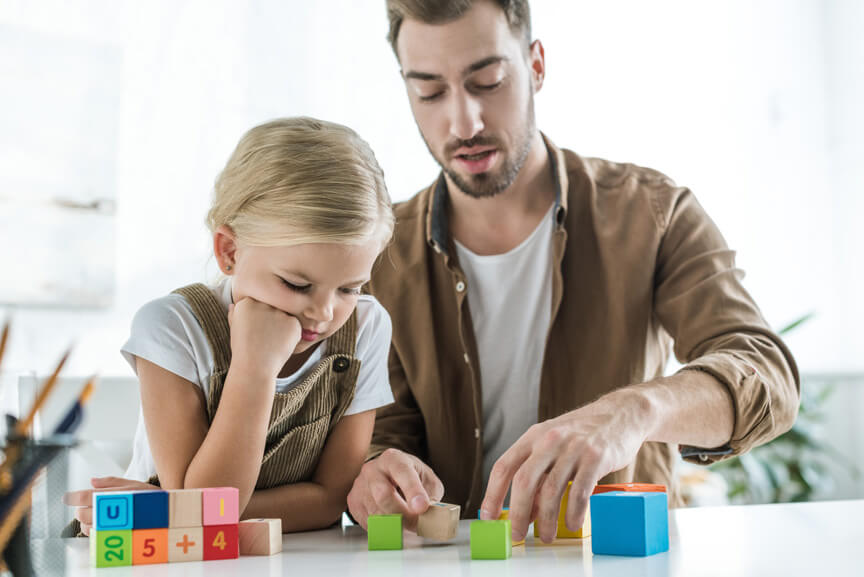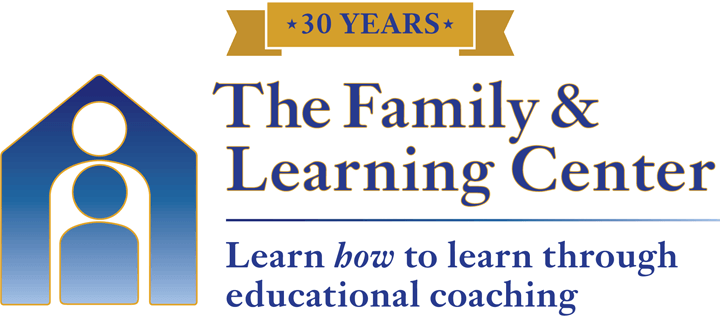
Every brain is unique. Some brains absorb math facts easily and can recall them at a dizzying speed, but other brains take longer to learn math facts and might start creating a label…“not a math person.”
Math fact fluency is an essential aspect of long-term math mastery. Young students pick up on its importance as they are drilled on addition worksheets and times tables. However, rote memorization of facts leaves out a key piece of procedural fluency.
The National Council of Teachers of Mathematics defines procedural fluency as “the ability to apply procedures accurately, efficiently, and flexibly.” A student might know 78=56 without realizing that 567=8 or that seven 8-count packs of gum have 56 total pieces of gum. Those conclusions require number sense.
The Research on Math Facts
Number sense sets up a foundation for both conceptual understanding and fact memorization. Developing number sense simply means supporting a student’s understanding rather than just automatic recall. Does the student understand the purpose of multiplication? Can he use the multiplication facts he knows to figure out ones he has not yet learned? Does he see the patterns in each fact family? Research shows that high math achievers don’t always know more math facts. They are just more comfortable using what they know flexibly. Improving this sense of how numbers work is one aim of the math curriculum in America.
Many math educators are concerned that timed tests on math facts lead to math anxiety and prevent students from demonstrating their full understanding. Although these types of assessments might be useful in individual progress monitoring, there are many other activities we can use to practice math facts in a more flexible and productive way. Students should be thinking about the relationships between numbers, and then automaticity will come with time and practice.
Math Facts Games to Develop Fluency
Let’s not allow a bit of a challenge in remembering math facts scare young students away from exploring math! Here are some games students can play at home that guide them to think about math facts more flexibly and develop fluency:
- Go Fish: This card game classic can be easily adapted to practice addition and subtraction. Use a normal deck of cards with face cards removed. Choose a featured number and then challenge players to create pairs that add or subtract to create that number.
- Math fact cards: Stanford University’s Youcubed website suggests a number of conceptually focused math fact activities, including these “math cards” with various representations of multiplication for students to match up.
- Concentration: Match up visual representations of values with math facts by playing a memory game. Click here for a link to an online version or here for fraction and decimal practice.
- Multiplication Tic-Tac-Toe: Click here for this student favorite that requires thinking carefully about factors.
- Have fun!
If your child would benefit from further support in building math confidence and thinking flexibly with numbers, contact The Family & Learning Center today to learn how we can help!
